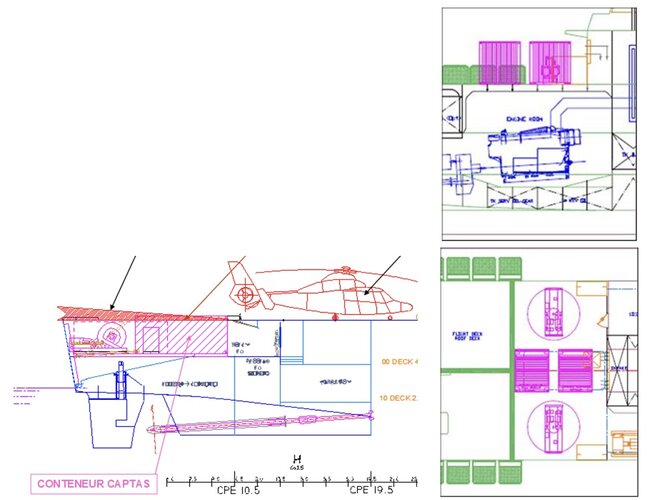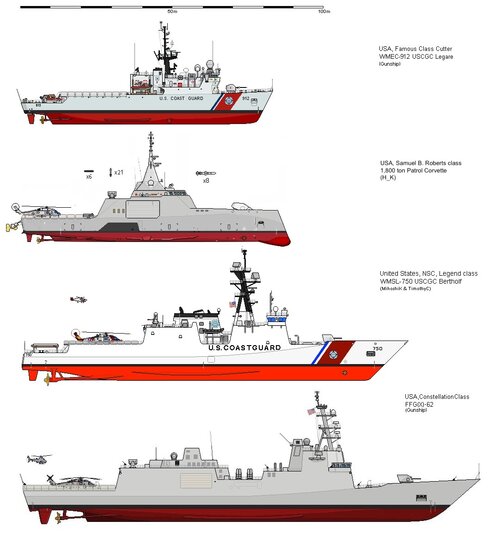Were we to lose US support we are in a reasonable position here – as should always have been the case. The Americans are our friends but nobody likes a friend who can’t look after themselves and never lends a hand. We need more of everything, of course, but what we do have is good: and we lend a hand when we can, as in the case of British strikes alongside America against the Houthis.
This is far more than can be said for the Irish, who can’t do anything for themselves – or worse, can’t be bothered to and assume someone will do it for them.
Ireland’s Defence Minister is on record as saying:
“Ireland will never be in a position really to engage in [anti] submarine warfare”.
This backwards-leaning stance sits at odds with his Defence Force’s mission statement for the navy which states, “Defence roles include defending territorial seas, deterring intrusive or aggressive acts, conducting maritime surveillance, maintaining an armed naval presence, ensuring right of passage, protecting marine assets…”
He’s right though. Ireland has no frigates or submarines. It claims to have two “maritime patrol aircraft”, Airbus C295s, but these are not Poseidons: they are unarmed fishery patrol planes with no underwater capabilities.
Ireland uses fossil fuel for 86 per cent of all its energy. The Corrib field is Ireland’s only domestic source of fossil fuel: as such it is “critical infrastructure” indeed. Given the fact that Ireland is also totally, abjectly dependent on imports of oil and gas by ship, and that it gets around ten per cent of its electricity by undersea cable, it is clear that Ireland absolutely cannot survive for long if a hostile actor gets control of its undersea environment.
The Irish navy’s stated role is to provide that protection and control but the minister in charge says that he can’t do it. Ireland has a GDP larger than Norway’s – and yet here it is, reliant on
Norway’s real maritime patrol aircraft to help defend it.
The difference is that the Norwegians are not freeloaders.




